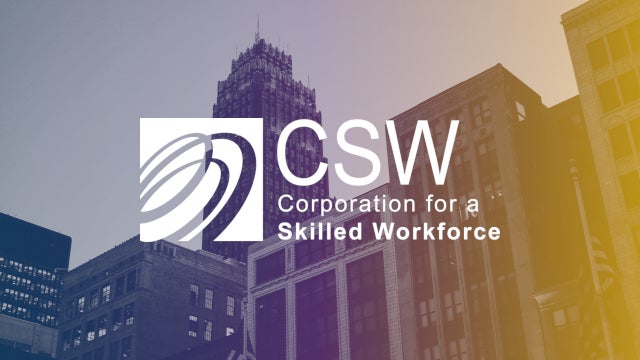In April, Uber’s settlement of a major class action lawsuit with drivers in California and Massachusetts sparked a lot of headlines: A $100 million price tag tends to do that.
But earlier this month, in another deal that may well be far more significant, Uber recognized a new worker association called the Independent Drivers Guild, recently formed by the International Association of Machinists and Aerospace Workers, the New York labor union representing black car drivers in New York. This contemporary spin on an 11th century guild structure has the potential to be a critical step toward a 21st century safety net for American workers’ real lives today, because it could very well lead to a workable model to provide portable benefits to gig economy workers.
The formation of the Independent Drivers Guild, as one of the first concrete breakthroughs on the path to portable benefits and protections for independent workers, could change the landscape of contingent work. While the guild’s leaders are still working out the details, it will have the ability to offer its members a range of benefits and protections, such as access to health insurance, workers’ compensation, access to retirement savings and more.
It’s important to note that in and of themselves, the existence of this guild and Uber’s willingness to strike a deal with its members also matter immensely, because the world of contingent work is growing larger by the day. While the numbers of Americans finding work on digital labor platforms like Uber are still small compared to the overall economy, a recent JPMorgan Chase Institute study showed a 47-fold growth in workers using digital labor platforms for income from 2012 to 2015. The future of work for these contingent workers shouldn’t hinge on a false choice between job flexibility and security. Getting it right now is important, and alliances between gig economy platforms like Uber and labor organizations are one way how.
We’ve come a long way from a year ago, when such an alliance would have been unthinkable. Lawsuits were piling up, several labor unions were organizing drivers to strike and combative rhetoric from all involved seemed to foreshadow a showdown.
But in the last year, it’s also become clear that people on both sides recognized a need for change. That’s why, along with Lenny Mendonca, I was able to organize a surprising group of 40 such thought leaders who came together last fall to forge common ground. These included the CEOs from gig economy platforms like Handy, Lyft and Instacart, as well as prominent labor leaders like Saket Soni, David Rolf, Freelancers Union’s Founder and Executive Director Sara Horowitz and former SEIU president Andy Stern and more. From their conversations emerged “Common ground for independent workers,” a letter of principles for portable and prorated benefits published on Medium in November.
Momentum for portable benefits only grew stronger from there. Sen. Mark Warner, D-Virginia, an early leader on the future of work in the Senate, founded the bipartisan Future of Work Initiative (which I advise) at the Aspen Institute to cultivate creative solutions on the topic. In January of this year, President Obama called for portable benefits in his State of the Union address, the Bureau of Labor Statistics committed to renew a survey of contingent workers in the upcoming census, and the Department of Labor announced a $100 million fund for portable benefit prototypes in the President’s budget. And just last week, Sen. Elizabeth Warren, D-Massachusetts, called for portable benefits for the contingent workforce in a speech at New America’s annual conference (where I am a fellow).
Given their reputation as the “bad boys” of the on-demand economy, Uber is a somewhat surprising first mover on supporting worker organizations paving the way for portable benefits. But having Uber as a first mover may be good for workers. It has deep pockets and is by far the largest digital labor platform, as Larry Katz and Alan Krueger pointed out in their recent study. And by bringing independent worker advocacy pioneer Sara Horowitz and her organization, the Freelancers Union, on as an adviser to Uber’s portable benefits strategy, they’re sending a signal of a longer-term commitment to the issue.
Most importantly, Uber’s agreement with this new guild may make it easier for other digital platforms to enter into similar agreements. Ideally, this trend will start to knit together a new portable social safety net for workers laboring outside the salaried economy. And that in turn will pave the way for benefits and protections for other contingent workers like house cleaners, nannies, gardeners and other freelancers.
Only time will tell if the Independent Drivers Guild is the beginning of a new type of safety net for all types of independent contractors, or remains an innovation just for Uber drivers in New York. In the meantime, kudos to Uber and all the labor organizations involved in this agreement, and here’s hoping it’s the next big thing for independent workers.

